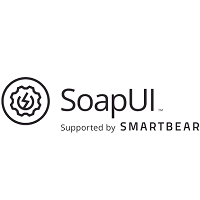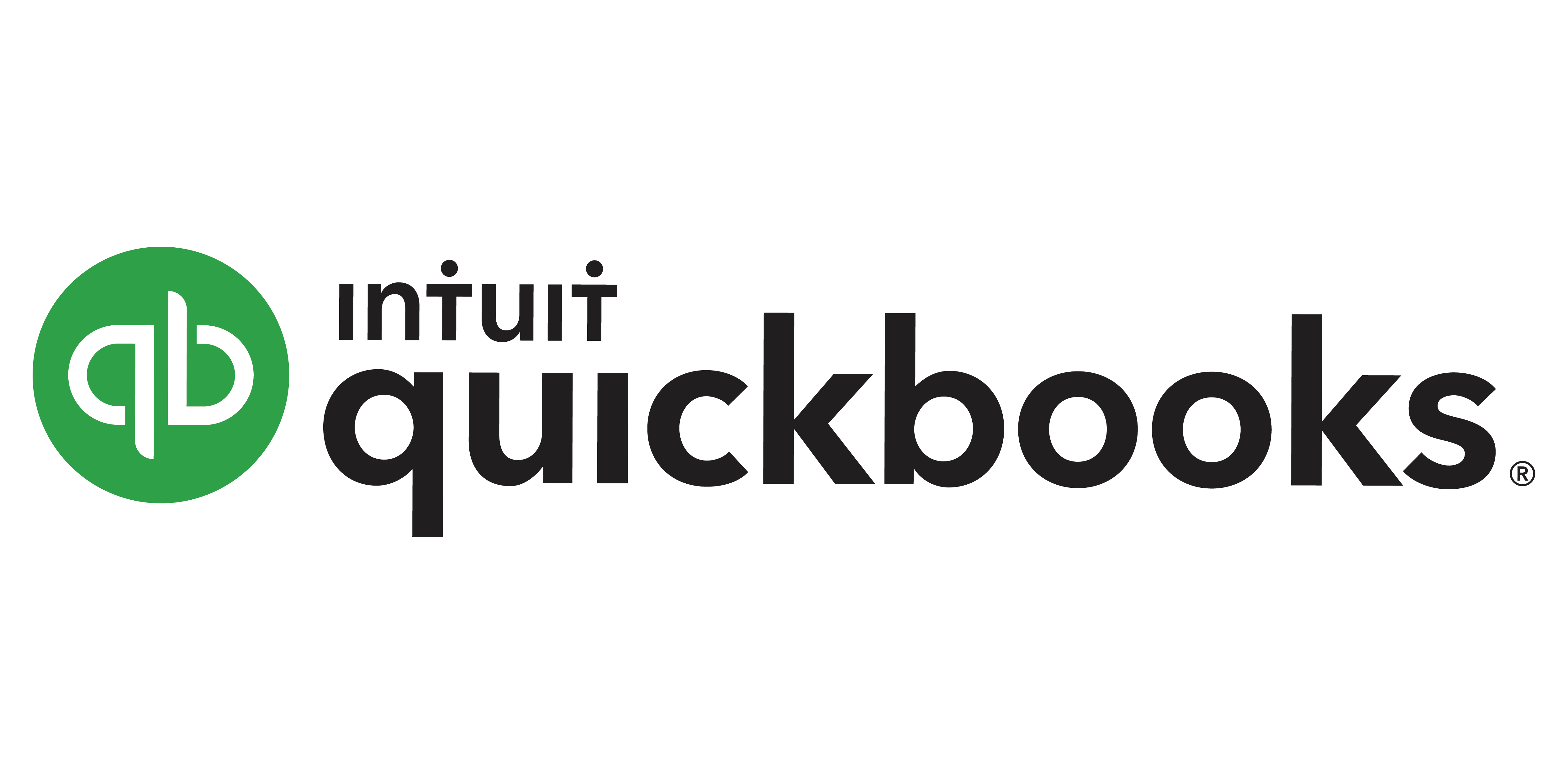What Is API Design Tools?
API design tools are software applications that assist developers and organizations in the process of building, testing, and maintaining application programming interfaces (API). These tools provide an easy-to-use interface and offer a number of capabilities for establishing and managing APIs, including visual design, code creation, documentation, and testing. API design tools are critical for enterprises that use APIs to link their systems, services, and data to other applications. These technologies allow developers to create APIs that are scalable, secure, and simple to use while remaining compatible with current systems and standards.
As APIs become a more important part of modern software development, the demand for efficient and effective design tools has grown. When selecting an API design tool, some crucial things to consider are: Design Capabilities: Look for tools that provide a visual, intuitive interface with drag-and-drop capabilities for creating, modifying, and documenting API designs quickly.
Code generation: A decent API design tool should be able to produce code in several languages while providing sufficient documentation, reducing development time and increasing accuracy. Collaboration: Some tools have collaboration capabilities, which allow teams to collaborate on API designs in real time and speed up the development process.
Testing and debugging: Tools that combine testing and debugging capabilities can assist detect and resolve issues early in the development process, saving time and money. Mocking is the technique of producing simulated answers to APIs that have not yet been completely implemented. It aids in determining the usefulness and performance of an API design.
Security: Because APIs handle sensitive data, it is critical to employ tools with strong security features to secure the data and prevent future assaults. Consider solutions that integrate seamlessly with other tools and platforms, such as API management systems, to help ease the API creation and administration processes. API design tools include a variety of cost options, including free, subscription-based, and one-time purchase.
Consider your budget and select the instrument that provides the most value for your unique requirements. Overall, API design tools help to ease the process of building and maintaining APIs. By selecting the correct technology for your organization's unique needs, you can increase productivity, shorten development time, and assure the success of your API-driven initiatives.
What Are the Recent Trends in API Design Tools?
Perfect! Thank you! APIs (Application Programming Interfaces) have emerged as the foundation of modern apps and services in the ever-changing world of software development. As APIs become more complicated and scaled, there is a greater demand for efficient and user-friendly API design tools.
We'll look at current advances in API design tools and how they may help organizations of any size.
1. Increased need for low-code and no-code solutions: As citizen developers become more prevalent and development cycles get shorter, there is an increasing demand for API design tools that require no coding. Low-code and no-code solutions enable the speedy construction of APIs without the need for sophisticated programming skills, making them popular among non-technical teams while lowering developer workload.
2. Emphasis on cooperation and teamwork: Because APIs are frequently built by various teams, there is an increasing demand for technologies that encourage collaboration and teamwork. API design tools are increasingly including features like version control, real-time editing, and team communication channels, allowing teams to collaborate smoothly and quickly.
3. Automation and AI capabilities: As APIs get more sophisticated, solutions for automating and streamlining the design process are required. AI-powered tools can evaluate data and recommend the best design techniques, saving time and effort while creating APIs. Furthermore, automation capabilities may assist discover and correct problems, making the design process more efficient and error-free.
4. Integration with testing and monitoring tools: The value of testing and monitoring APIs cannot be emphasized, and API design tools that connect with these processes are becoming increasingly popular. This enables seamless testing and monitoring of APIs throughout the design phase, lowering the likelihood of mistakes and providing a smoother deployment process.
5. API-first approach: As APIs become a key building piece of apps, designers are shifting to an API-first approach. This entails developing the API first, then building the rest of the program, ensuring that the API is well-defined and planned from the start. API design tools that enable this approach and include capabilities like API mocking and prototyping are gaining popularity.
Benefits of Using API Design Tools
API design tools have become an essential part of the software development process. They provide developers with a streamlined and efficient way to design, build, and test application programming interfaces (APIs), allowing them to deliver high-quality products to their clients.
we will discuss the benefits of using API design tools and why investing in one is crucial for any software development team.
1. Saves time and effort: One of the primary benefits of using API design tools is that they save time and effort for developers. These tools provide a user-friendly interface and pre-built templates that make it easy to design standardized APIs. This eliminates the need to write code from scratch and reduces the chances of errors, saving developers hours of work.
2. Ensures consistency: API design tools follow best practices and adhere to industry standards, ensuring consistency in the design and structure of APIs. This not only makes the APIs easier to understand but also makes it simple for other developers to integrate them into their projects. Consistency in API design leads to better communication and collaboration between developers, reducing project delays and improving overall efficiency.
3. Facilitates documentation: API design tools often come equipped with features for automatic documentation generation. This significantly reduces the time and effort required to create API documentation. Clear and comprehensive documentation is crucial for the success of an API as it helps users understand its functionality and how to integrate it into their applications. Thus, having a tool that automates this process is extremely beneficial for developers.
4. Allows for testing and debugging: API design tools provide built-in testing and debugging capabilities, allowing developers to immediately identify and fix any errors in their APIs. This ensures the quality and reliability of the APIs, making it easier for developers to make changes and improvements before the final product is released.
5. Integrates with other tools: API design tools often come with integrations with other software development tools like API management platforms and code editors. This seamless integration streamlines the development process and improves collaboration between different teams involved in the project. 6. Cost-effective: Investing in an API design tool may seem like an added expense, but in the long run, it can prove to be cost-effective. The time and effort saved by using these tools, along with the improved quality and efficiency of the APIs, can lead to significant cost savings for the development team.
Important Factors to Consider While Purchasing API Design Tools?
When choosing API design tools, there are numerous crucial elements to consider to guarantee that you get the appropriate solution for your individual requirements.
Here are some important considerations to bear in mind:
1. Usability: An API design tool should be simple and straightforward to use. Look for tools with an easy-to-use user interface and useful tutorials or documentation to get you started.
2. Compatibility: Make sure the API design tool you chose is compatible with the programming languages and frameworks you'll be utilizing. To avoid integration difficulties, double-check this ahead of time.
3. Features and Functionality: Each API design tool has unique features and functionalities. Prioritize the must-have features for your project and ensure that the tool you select includes them. Common things to check for include code generation, fake server, and API testing.
4. Collaboration Capabilities: If you're working in a team, ensure sure the API design tool has collaboration tools like version control, team chat, and live editing. These features can boost productivity and streamline your process.
5. Pricing: API design tools might cost anywhere from nothing to hundreds of dollars. Consider your budget and the characteristics you require to get the greatest bang for your buck. Remember that some tools include a free trial period, which can be useful for determining the tool's compatibility and functionality.
6. Customer assistance: Look for API design tools that offer outstanding customer assistance. This can include online documentation, video training, and a support team to help you with any queries or problems you may have.
7. Integration: Ensure that the API design tool you select is interoperable with other tools in your tech stack, such as project management software, development platforms, and API testing tools. This will provide a seamless workflow while reducing the need for manual integrations.
8. Security: The tool you use should provide enough security features to secure your APIs and data. To protect your work, look for security features like as encryption, access control, and user authentication. To summarize, while selecting API design tools, it is critical to examine elements such as usability, compatibility, functionality, collaboration capabilities, affordability, customer support, integration, and security. By considering these aspects, you may select the appropriate solution for your project and expedite the API development process.
What are the key features to look for in API Design Tools?
API design tools are vital for developers, architects, and enterprises who want to ease the process of building and maintaining APIs. These technologies provide a single platform for creating, documenting, testing, and maintaining APIs, facilitating collaboration and ensuring consistency across the API development process. With so many API design tools on the market, it can be difficult for consumers to find the best one for their individual requirements. To enable you to make an educated decision,
The following are the essential features to look for in API design tools.
1. User-Friendly Design Interface: A decent API design tool should have a user-friendly and intuitive interface that allows developers to construct APIs without any technical expertise. It should provide drag-and-drop capability and visual modeling tools to make the process of designing APIs easier.
2. complete API Documentation: Documentation is critical to the success of any API, and an API design tool should provide complete documentation capabilities. It should allow users to provide descriptive descriptions, example requests, and replies, as well as support for other formats like HTML and Markdown.
3. Mocking and Testing Capabilities: API design tools should have the ability to mimic APIs and evaluate their functionality and performance. This helps to discover and address any issues before the APIs are deployed, saving time and effort in the long term.
4. Code Generation: Look for tools that support major programming languages like Java, Python, and Ruby. This allows developers to easily build code from the API design, saving time and effort on manual coding.
5. Version Control and Collaboration: As APIs expand, it is critical to include version control and collaboration features in an API design tool. This enables teams to collaborate smoothly, manage changes, and rollback to earlier versions as needed.
6. Security and Compliance: As data privacy becomes increasingly important, API design tools should include capabilities that assure API security and compliance. Look for technologies that provide authentication and authorization, HTTPS, and compliance with legislation like as GDPR and CCPA.
7. Integration and Compatibility: An API design tool should be compatible with a wide range of systems and technologies, making it easy to integrate into existing infrastructure. It should support major API protocols like REST, SOAP, and GraphQL, as well as be able to interface with API gateways and administration systems.
8. Cost-Effective price plan: Finally, think about the price plan for the API design tool. Some tools may provide a free trial or freemium version, but others may need a membership. Choose a tool that provides the capabilities you want at a price that is within your budget. To summarize, API design tools are critical for fast and effective API development, and they must be thoroughly evaluated before purchasing. Consider the characteristics listed above to choose the best API design tool that matches your individual needs and allows you to create high-quality APIs fast and efficiently.
Why Do Businesses Need API Design Tools?
API Design Tools are vital for organizations of all kinds that want to create and maintain APIs swiftly and effectively. With the advent of the API-driven economy, businesses require a well-designed and documented API to communicate with their partners, consumers, and the rest of the world. API Design Tools provide a complete set of capabilities that ease the process of building, testing, and administering APIs, allowing organizations to maximize the benefits of their APIs. One of the most important reasons why organizations require API Design Tools is to build a uniform and clear API design. It might be difficult to ensure consistency and coherence when different developers are working on the same API.
API Design Tools are a centralized platform that enables teams to communicate and adhere to established design standards, resulting in a well-structured and consistent API. Furthermore, API Design Tools speed up the API development process by automating operations like documentation, code creation, and testing. This not only saves time but also lowers the possibility of human mistake, resulting in a more reliable and efficient API.
Furthermore, these technologies give a visual interface for creating APIs, allowing non-technical stakeholders to understand and provide input, resulting in improved cooperation and communication. Another significant feature of API Design Tools is their potential to accelerate the development process. Developers may easily construct APIs using pre-built templates, libraries, and connectors, drastically reducing development time.
This enables firms to publish their APIs faster and remain competitive in the marketplace. Furthermore, API Design Tools provide strong testing capabilities to assist find and correct API problems or mistakes. This guarantees that the API works and performs as intended, resulting in a great user experience. It also allows organizations to make essential modifications before to publishing the API, lowering the risk of unfavorable user feedback and client loss.
Furthermore, API Design Tools provide extensive security features such as authentication and authorization methods to safeguard APIs against possible intrusions. These technologies also offer thorough analytics and monitoring, allowing organizations to analyze the success of their APIs and make data-driven choices about future improvements.
What Is the Level of Customization Available in API Design Tools?
API design tools provide varied levels of customisation, allowing developers to build their APIs to meet the unique requirements of their projects. The extent of customization offered varies depending on the tool and its capabilities, however the following are some common customization options found in API design tools.
1. Customizable Data Models: API design tools frequently enable developers to construct bespoke data models, which specify the structure and format of the data communicated over the API.This provides for greater flexibility in data representation and meets the particular needs of various projects.
2. Customizable Endpoints: API endpoints are URLs that customers utilize to access the API's different services. API design tools enable developers to change endpoints to meet the demands of their project, such as adding parameters or changing the response format.
3. Customizable Authentication: APIs require authentication to guarantee that only authorized users may use the API's operations and data. API design tools allow you to tailor the authentication process, including available authentication methods, user permissions, and access token lifetimes.
4. Customizable Documentation: APIs must be comprehensive and well-documented for developers to use them effectively. API design tools frequently provide adjustable documentation templates, allowing developers to generate detailed documentation related to their API's functionalities and endpoints.
5. Customizable data formats: APIs handle a variety of data types, including JSON, XML, and CSV. API design tools often allow you to tailor the supported data formats, making it easy to interact with other applications and systems.
6. Customizable: error handling Errors can arise while utilizing APIs, and effective error management is required. API design tools enable developers to personalize error messages, status codes, and error response formats, making them easier to comprehend and manage. Overall, API design tools provide a high level of customisation to satisfy the demands of various projects and developers. When comparing different tools, it's critical to assess the amount of customisation available and ensuring that it meets your project's requirements.
Which Industries can benefit the most from API Design Tools?
API design tools have become an essential component of modern software development, enabling developers to efficiently establish and maintain Application Programming Interfaces (APIs). These tools include a range of capabilities to help with API design, including code generators, visual editors, and documentation generators. The demand for API design tools has expanded as APIs have grown in popularity across numerous sectors.
So, what industries will profit the most from these tools? Let us find out.
1. Software Development sector: The software development sector is the most apparent candidate for the use of API design tools. These technologies make it easy and fast for developers to construct APIs for their apps. With APIs becoming increasingly important for seamless communication between systems and applications, API design tools may considerably speed up the development process, saving developers time and effort.
2. The IT and telecoms industries: rely significantly on APIs to link various devices and systems. As the industry evolves and expands, the requirement for effective API design tools becomes critical. These tools not only help to create APIs, but also allow for rapid and easy changes and alterations as technology progresses.
3. Banking & Finance business: In recent years, the banking and finance business has transitioned toward increasingly computerized and automated operations. APIs play an important role in facilitating data flow between financial systems and apps. API design tools can help banks and financial institutions adjust rapidly and remain competitive in an industry that is always changing and evolving.
4. E-commerce Industry: APIs are critical for facilitating and securing data transmission between e-commerce websites, payment gateways, and other systems. API design tools may help online retailers create and manage APIs for their platforms, resulting in a more seamless and efficient online shopping experience for customers.
5. Healthcare Industry: APIs are utilized to connect disparate healthcare systems, such as electronic medical records and insurance databases. API design tools can help with the process of creating and administering these APIs, assuring safe and accurate data interchange between healthcare providers, patients, and third-party insurance carriers.
Conclusion
To summarize, selecting the appropriate API design tool is critical for the success of any software development project. Developers may utilize the proper technology to expedite their API design process, assure consistency and efficiency, and eventually offer high-quality APIs that satisfy their consumers' demands. When looking for an API design tool, customers should examine its features, simplicity of use, integrations, support, and cost.
Buyers may choose the instrument that best meets their goals and budget by carefully examining these elements. It's also vital to remember that the API design landscape is always changing, so select a tool that is regularly updated and maintained by its creators. A tool with a robust user community can also be useful since it allows for the exchange of information and best practices.
Finally, the ideal API design tool should not only improve the design process but also contribute to higher-quality APIs that can generate business success and user delight. With the facts and insights offered in this buyer's guide, customers may make an informed decision when choosing an API design tool that matches their specific needs.






















